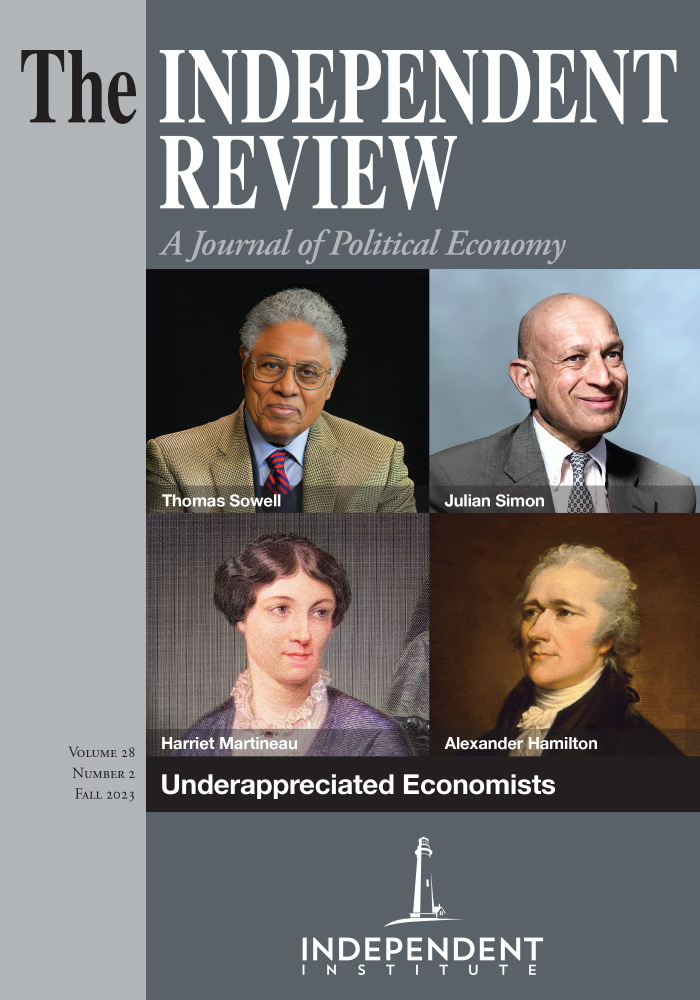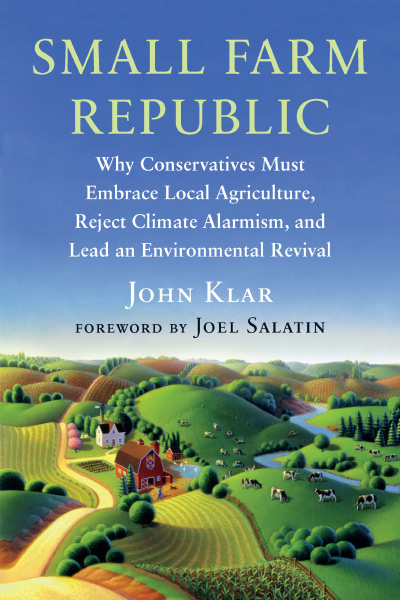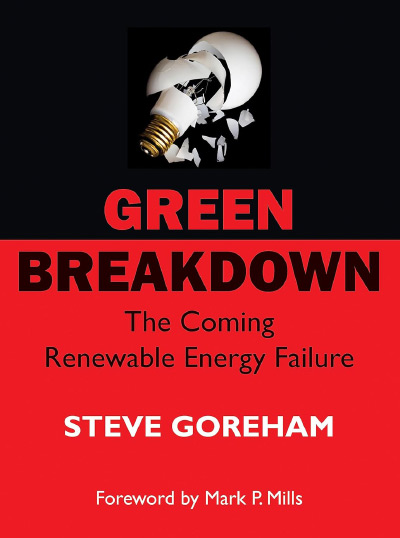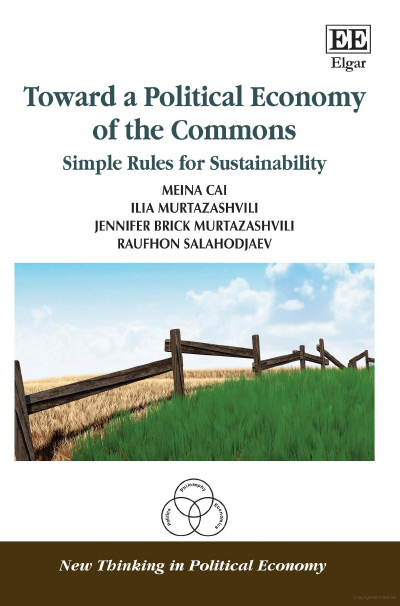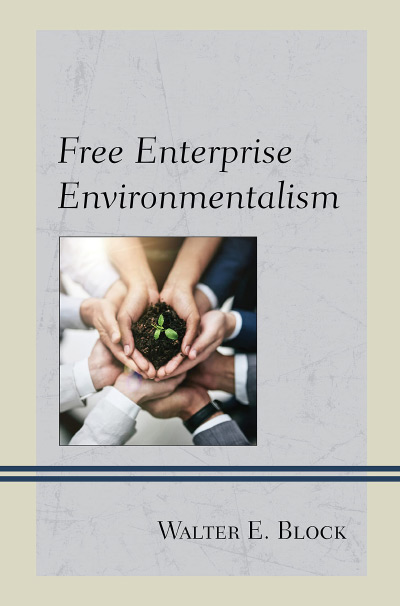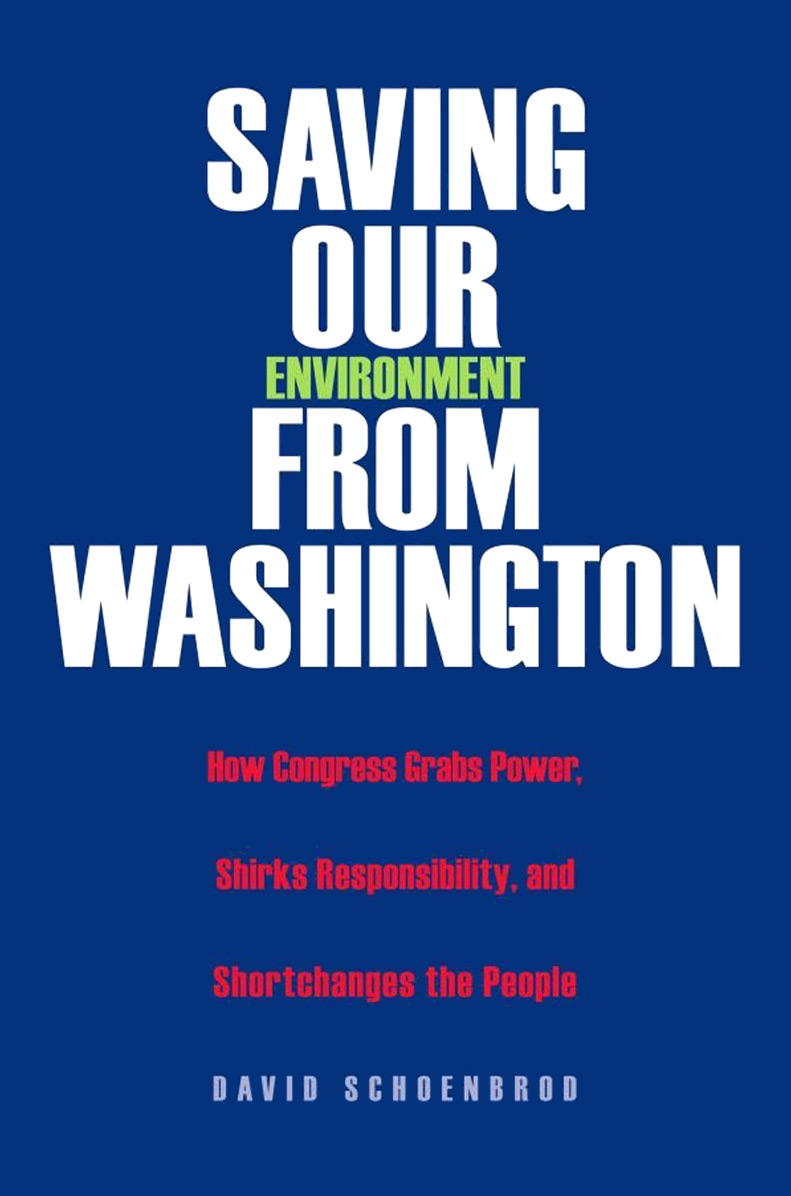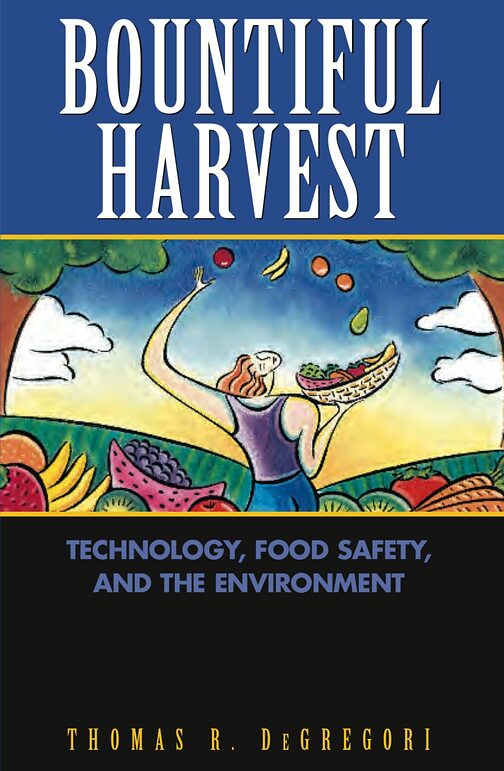John Klar’s Small Farm Republic represents a unique and welcome entry in a growing genre of policy-focused agrarian literature. Klar is self-professedly deeply influenced by thinkers like Joel Salatin, the author of this volume’s introduction and a libertarian, and Wendell Berry, an inspiration for the book’s genesis and himself a Democrat. Klar, however, writes this book for a far more specific audience: the American right wing, primarily self-identified Republicans, both voters and policymakers. This audience is, Klar admits, an unlikely one to get excited about environmental issues, which are so often left-coded, championed exclusively by those on the other side of the political aisle and viewed as a losing issue for the book’s intended audience. Though Klar seems skeptical that his intended audience will read his book en masse, he professes a hope that at least those who do read his book will share it widely enough to get it into the hands of those who count.
The argument of the book is straightforward: the restoration and preservation of long-term liberty in the United States requires an agricultural policy that preserves local autonomy and resilience against the creeping trends of inflation, globalization, centralization, and corporate and governmental tyranny. Those on the right today have a chance, Klar argues, to stand for agricultural policies that increase individual liberty, sustain the planet, and support prosperous, stable local communities. They have a chance, in other words, to reclaim territory that has been ceded to the political left without sacrifice of their principles, and in fact by being more faithful to the principles they already hold.
Klar maintains that making this rhetorical and policy shift within the Republican Party and voter base does not require Republicans to cede ground on contentious climate issues that might remain debated: “Conservatives can woo swing voters and ‘walkaways’ without sacrificing one whit on policy or values” (18). On Klar’s argument, one need not be a climate alarmist, and indeed cannot be, to come to constructive agreement that something must change about agricultural policy in this nation if we are to remain free, or perhaps restore lost freedom.
In brief, Klar’s book outlines the disastrous effects of the U.S.’s current approach to agriculture at every level, from the local to the federal, and argues that these effects cannot be waved away as a consequence of simple market efficiency or inevitable progress. Instead, Klar explains, our current situation is a consequence of intentional, misguided, market-distorting policy choices. Subsidies for everything from specific crops to shipping networks have manipulated our food supply system to the breaking point while simultaneously leading to a reduction in the number of farmers and farms that previously acted as stabilizing forces in local communities which depended on them for food. Small farms feeding their communities have been replaced by conglomerates feeding nations, and sometimes foreign nations, in ways that are made profitable by these big-business-favoring policies and subsidies.
Despite what climate alarmists might suggest, Klar argues that these problems will not be solved by eliminating our methane-producing cows and turning to veganism. It is, in fact, the absence of free-grazing animals on most farms and an overreliance on monoculture farming of crops like corn and soybeans that drives our environmental crisis. Thankfully, however, “learned agricultural voices are being heard above the vegan herd, to explain that one can’t grow organic vegetables without enormous quantities of healthy, earthy poop” (43). A reorientation of perspective is needed: producing large quantities of nutritious foods requires an eye toward the health of the soil, rather than immediate, short-term per-acre yields.
By focusing our attention on the health and regeneration of the soil rather than decontextualized productivity metrics, Klar explains, we can see that massive agribusiness and monoculture farming, which exist and are profitable in their current form almost exclusively due to these aforementioned government subsidies, are causing harm in both the short and long terms. The farming techniques predominately employed today strip the soil of nutrients rather than replacing nutrients in a cycle of grazing and fertilizing, which in turn requires the application of ever-greater quantities of chemical fertilizer. This, in turn, leads to the pollution of groundwater supply, and so the cycle continues.
This focus on the health, or lack thereof, of the soil also allows us to see that many popular “alternative energy” proposals will, in fact, contribute to this erosion and depletion of the soil and the contamination of water supply. It is “Coal-fueled manufacturing” that is required to produce our solar panels, which “unleashes astounding amounts of water, air, and soil pollution” (50). The mining of the metals required to manufacture these solar panels “creates toxic effluents and waste products that spew into land, water, and air, and the open-pit mines leave disfiguring scars on the landscape visible from space” (50).
Where “These costs are excluded from the product’s ‘carbon footprint’” in traditional policy and subsidy calculations (50), Klar demands his readers take notice of these externalities and factor them into their personal calculations. The long-term health of soil, planet, and local economy are, Klar argues, being sacrificed in favor of manipulated short-term calculations that favor alternative energy manufacturers, themselves beneficiaries of outlandish subsidies that incentivize these manipulated statistics.
A soil-focused approach thus allows readers and policymakers alike to see that left-wing proposals, such as the Green New Deal, which rely heavily on these skewed projections and hypothetical future innovations, would exacerbate rather than alleviate these problems. In short, Klar argues, if we turn our eyes to the soil, we can see in clear view how wrongheaded we have been and what changes are required of us if we can only see fit to pursue them.
Klar ably takes examples from our current political moment, such as rampant inflation, supply chain disruption, and COVID-19 restrictions, certainly interrelated problems, to argue that the long-term health, safety, and prosperity of the United States is threatened to the extent that communities within the U.S. grow more dependent on far-off, subsidized resources for cheap and reliable food. Our prosperity, our liberty, and the flourishing of our communities depend, Klar argues, on a reorientation of priorities and preferences in our agriculture.
The strength of Klar’s book is in its actionable policy goals that are likely to be inoffensive or even quite popular with his target audience of mainstream Republicans. These include protection of individual rights to grow food, enhancing local distribution networks, and more. Some of Klar’s policy proposals, such as tax credits for small farms and regenerative technologies, seem necessary to him to counterbalance the market-distorting influence of decades of subsidies for large farms and corrosive technologies, but would likely be controversial with the libertarians among Klar’s readers. Klar is politically pragmatic, and he acknowledges that there are real, likely intractable, disagreements between opponents on the issue of climate. However, he nimbly works within those differences to provide proposals that, in theory, ought to be amenable to a diverse set of political activists who have a conservative care for stewardship of the environment.
This is shown most strongly in Klar’s ability to argue in ways that would be largely favorable both to those on the traditionalist conservative side and also to those of a more libertarian persuasion; his preferred agricultural policy is anti-subsidy, anti-corruption, anti-corporate tyranny, and anti-crony capitalism. He regularly draws on both the libertarian impulses inherent in new agriculturalists like Salatin and the conservative defense of subsidiarity in environmental matters in the works of thinkers like Roger Scruton. In Klar’s hands, these combine to present a fairly coherent and appealing whole.
There are, however, points throughout where Klar risks losing a more skeptical audience. His rhetoric pulls no punches, particularly regarding government response to COVID-19 or in his condemnation of those who support leftist policies. A critical reader might find much to quibble with in his presentation, if not in the strength of his argument. Perhaps, too, such a critical reader might dispute the quality of the evidence employed to make such a strong case: Klar relies on secondary sources that are, at times, similarly polemical that may be less than persuasive to a skeptic. Nevertheless, Klar ably points readers in the direction of supporting evidence and scholarship that could bolster the argument for those who depart the text with remaining skepticism.
In short, if one finds Klar’s argument persuasive, he has highlighted one of very few possible areas of alliance between the left and right in trying and polarized times, so long as the “left” side of the equation is willing to forsake the wrongheaded, economically and environmentally destructive policies of the Green New Deal. “There is no need,” he explains, “to embrace global warming or even carbon dioxide as a culprit for conservatives to see the many benefits that follow. Democrats can fight the climate change battle separately, while concurring on the many benefits proffered by a Republican policy initiative favoring regenerative practices and local agriculture” (189).
It is through a thriving local culture and agriculture, where care for the local and the independent abound, that political divisions can be bridged: “The chaos of tribal politics thrives in the void created by the gradual diminution of authentic local culture” (102). In contrast, “A local food supply is the best defense against tyranny” (190). By bringing the conversation back to this local level, Klar hopes to unite those who are so often divided on the level of national policy, on the grounds of their common interest in the health and strength of their local communities. This is an admirable, if perhaps unlikely goal.

